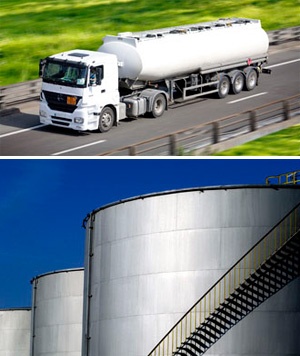PHA Tecniques

By using techniques such as HAZOP, HAZID, WHAT-IF and FMEA, the risks inherent to a facility are identified and the best procedures available are applied (such as those published in C.P.R. 18E “Purple Book” of TNO or in “Guidelines for chemical process quantitative risk analysis” of CCPS/AICHE) in order to establish the hypotheses of accidents resulting from such risks.
This data is then incorporated into an appropriate simulation model and the accidental consequences of the hypotheses proposed to foresee the physical effects of each one are determined. The reliability of a simulation is not guaranteed by the best software; it depends on who generates and interprets it. TEMA has been working for 30 years with specific models for the calculation of accident effects in the chemical industry, such as EFFECTS, PHAST, DEGADIS, HEGADAS and ALOHA, PHA-WORKS, DNV-Pro, therefore, it has unique experience in this regard.
